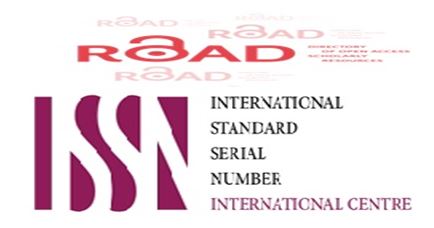Serum Interleukin-6 level in children with type 1 diabetes mellitus
DOI:
https://doi.org/10.32007/jfacmedbagdad.543723Keywords:
type 1 diabetic children, interleukin-6, inflammation.Abstract
pancreatic islets in which a process of programmed cell death (apoptosis) is elicited in the β-cells by interaction of activated T-cells and proinflammatory cytokines in the immune infiltrate. Interleukin-6 (IL-6) is a pleiotropic cytokine with a key impact on both immunoregulation and nonimmune events in many cell types .
Objective: to assess the level of serum IL-6 as an inflammatory marker in type 1 diabetic children, with correlation to FBG and HbA1c.
Subjects and methods: 45 type 1 diabetic child (20 males and 25 females), mean age 10.9± 3.4 years who attended the National Diabetic Center, Al-Mustansiria university were included in this study. 45 apparently healthy controls matched for age and sex were participated in this study .Fasting venous blood samples were collected from all the subjects. The serum was used for analyzing HbA1c, Fasting Blood Glucose (FBG) and IL-6, HbA1c was estimated by high performance liquid chromatography ,Serum glucose level was determined enzymatically and serum IL-6 was measured by enzyme linked immune sorbent assay.Analysis of data was performed using the statistically package for social science (SPSS) version 17.0.
Results: Mean serum IL-6 level in type 1 diabetic children were significantly higher compared to the healthy controls (30.9 Pg/ml ±10.85versus 10.57 Pg/ml±1.98 (P ≤0.0001), and positive strong correlation was found between serum IL-6 and FBS, HbA1C ,BMI.
Conclusion: There is a low-level of chronic inflammatory state in type 1 diabetic children reflected by the level of serum IL-6, that may play a key role in the early stages of atherogenesis and the development of microvascular complications.




















 Creative Commons Attribution 4.0 International license..
Creative Commons Attribution 4.0 International license..


